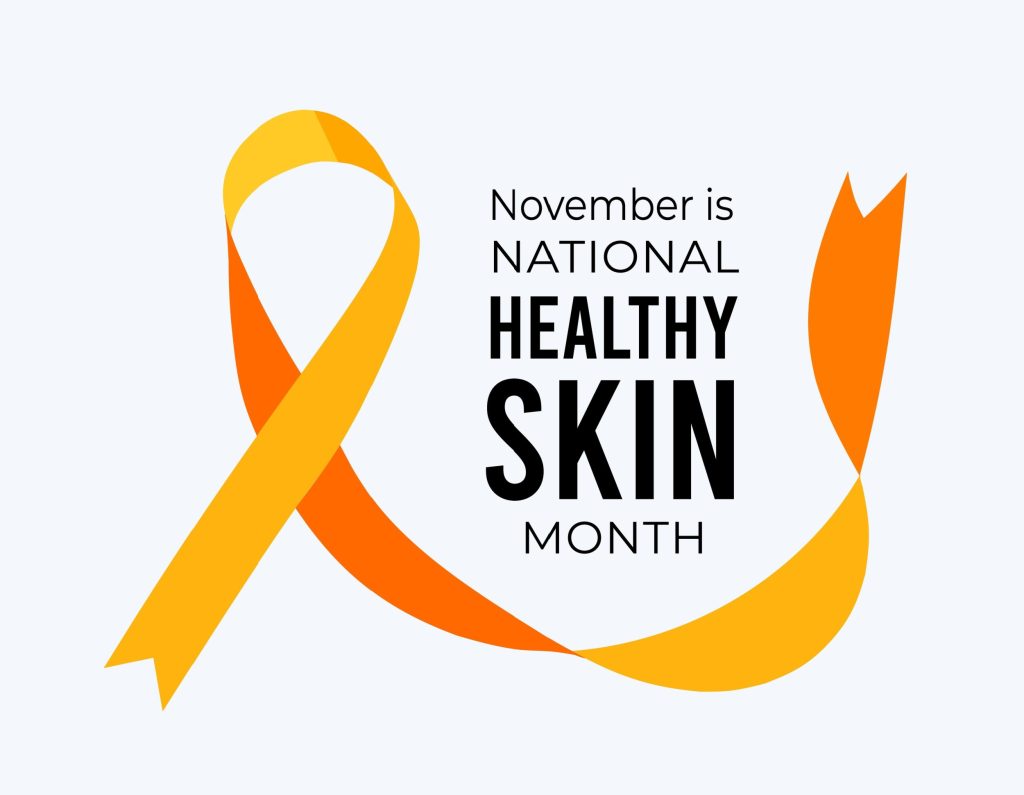
Summer is finally here! That means school is out, family vacations are in full swing, and temperatures are sweltering. You and your family may be spending much more time outdoors, and if you aren’t careful, your skin may pay the price for overexposure to too much fun in the sun. Whether you are spending a day at a local park, building sandcastles at the beach, or playing outdoor sports, you and your children can double your chances of developing melanoma – the deadliest form of skin cancer – after just one bad sunburn, and that risk escalates significantly after having five or more sunburns by age 18. *
It’s not only important for parents to protect themselves from the sun’s harmful UVA and UVB rays but taking extra precautions to safeguard their children from the sun is paramount. Even infants need help developing healthy sun care habits from the start. By liberally applying a broad-spectrum, water-resistant sunscreen with an SPF of at least 30 every two hours (or immediately after swimming or sweating), parents and children alike can help prevent damage from excessive sun exposure.
Other tips such as wearing long-sleeved, lightweight clothing with built-in UPF protection, wide-brimmed hats, and sunglasses, as well as seeking shade under shelter, an umbrella, tree or going indoors between the hours of 10 a.m. and 4 p.m. are also important to keep in mind.
During the summer months, children can also experience minor issues with bites, scrapes, certain rashes, and cuts. Most of these can be treated at home with over-the-counter medications and remedies, however, sometimes making an appointment with a dermatologist is recommended.
Specific treatment may be necessary for any of the following:
Cuts & Scrapes
- Continued bleeding after at least 10 minutes of direct pressure.
- A cut deeper or longer than ½ inch.
- Large cuts located on the face or close to the eye.
- Cuts that have ragged edges or are embedded with debris such as gravel or dirt that won’t come out with normal washing.
- Showing signs of infection such as drainage, swelling, worsening redness or warmth.
Bites
- Bite from an animal, human, or poisonous insect.
- Bite that causes an allergic reaction.
- Signs of infection including: a feeling of warmth surrounding the bite, pus, increasing pain, swelling, fever/chills, swollen lymph nodes, or redness extending out from the bite.
- Skin conditions that arise due to a bite such as impetigo, cellulitis, or lymphangitis.
- If you are stung or bitten in the mouth, nose, or throat.
- Exhibiting any of the following: trouble breathing, dizziness, tightness in your chest or throat, hives, swollen face, mouth, or throat.
Rashes
- Accompanied by a fever.
- A rash that oozes, feels wet, or is swollen.
- Doesn’t get better after two days of at-home treatment.
- Peeling skin, especially on the palms or soles of the feet.
- Purple or blood-colored spots or tiny dots.
- Trouble breathing or swallowing.
- Large blisters.
- Widespread.
Developing a list of must have safety precautions in your family can be key to keeping your kids and family safe this summer from the sun and other outdoor hazards such as bites, scrapes, cuts, and rashes. Ensure your family’s safety from bites, scrapes, cuts, and rashes by following these guidelines: keep a well-stocked first aid kit with antiseptics, bandages, and antibiotic ointments; wear protective clothing and appropriate footwear when outdoors; use insect repellent to prevent bites; regularly check for ticks after outdoor activities; educate family members on proper wound cleaning and care; maintain a clean and safe environment free of sharp objects; ensure up-to-date tetanus vaccinations; and teach children the importance of reporting any injuries promptly for immediate treatment. If you or a family member experience any of the above symptoms, it’s best to call your doctor right away to set up an exam for any necessary treatment.
Not just during the summer, but year-round, it’s also important to keep an eye on any suspicious growths, moles, and other dermatologic changes by performing regular skin exams on yourself and your children. Areas of the skin that are exposed to the sun are more prone to develop moles or certain growths, and because of this, it’s important to have an experienced dermatologist or licensed medical professional conduct a yearly analysis to check all areas of your body, including your scalp, neck, and back to make sure you don’t miss anything that may be cause for concern.
Florida Dermatology and Skin Cancer Centers provides a full spectrum of dermatology and skin care services, and its team of physicians, APRNs, and PAs are experts in diagnosing and treating skin cancers, as well as skin conditions such as eczema, rosacea, dry skin, rashes, warts and more.
For more information, or to schedule a comprehensive annual skin exam, call (855) FLD-SKIN, or visit www.fldscc.com.
*Skin Cancer Foundation facts and figures 2024.


